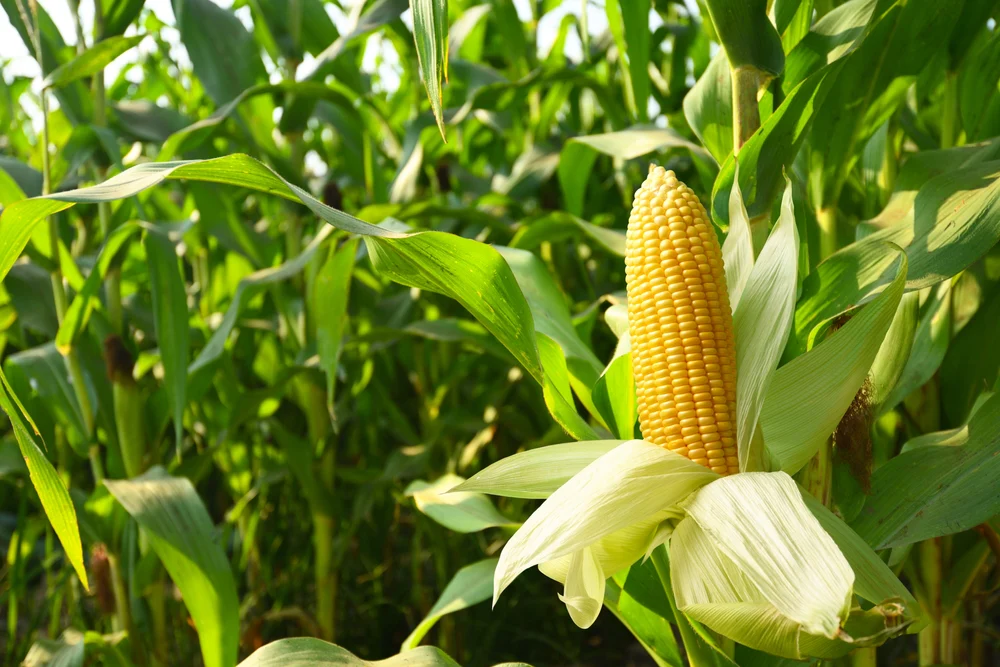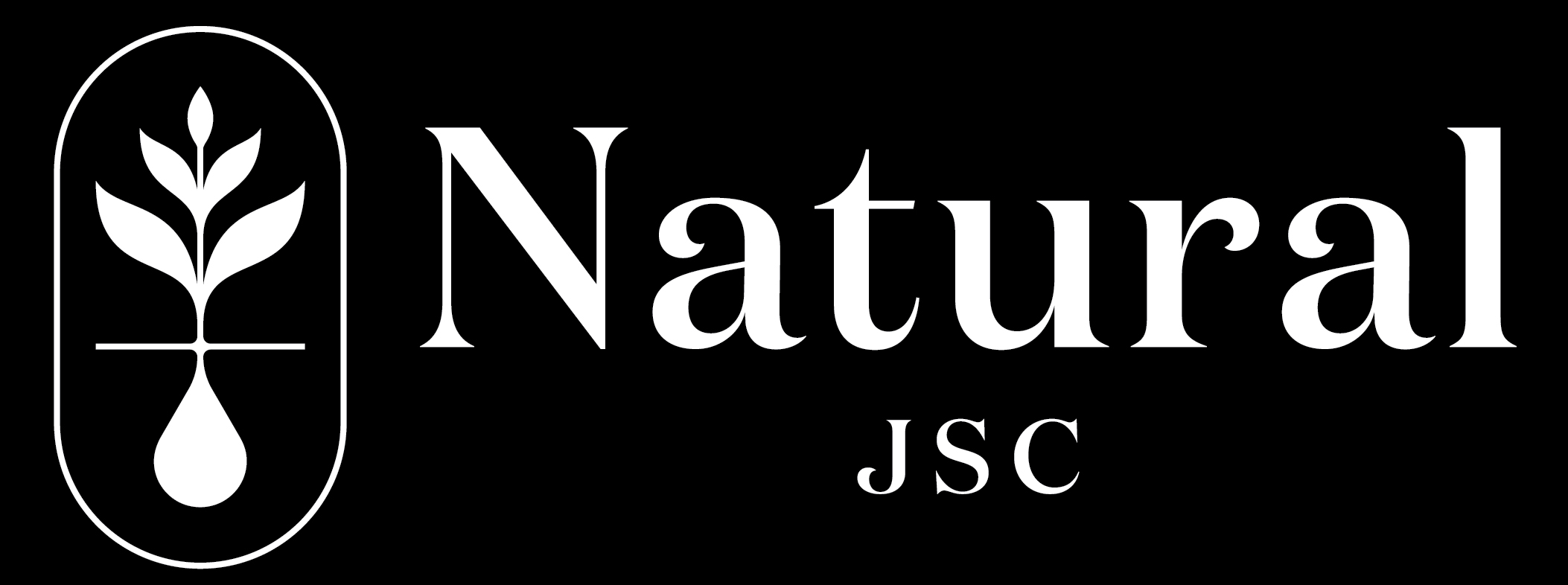Have you ever thought that corn could be used for purposes other than cooking? In fact, corn has many applications, ranging from food to medicine. Not to mention, it is also an important material in an eco-friendly lifestyle. But what does corn have to do with eco-friendliness? Are corn products are really eco-friendly to environment? Let’s find out!
The importance of corn
Corn is a familiar grain in our daily meals. However, looking at the bigger picture, we can see that this crop is also an important global food source due to its ability to grow well in all environmental conditions. Since it does not require too much labor or resources, it can meet the agricultural needs of every country regardless of economic potential.

Additionally, corn contains carbohydrates, fiber, proteins, and essential fatty acids necessary for health. These nutrients make it a high-energy grain with potential for use in functional foods or pharmaceuticals, such as corn sugar for diabetics.
How does corn become an eco-friendly material?
In recent years, eco-friendly lifestyles have gained increasing attention. As a result, green businesses have begun researching eco-friendly materials to meet consumer demand. It was then discovered that corn is not only an important food crop but also meets all the criteria for a potential eco-friendly material.
Renewable Resource
Like most other eco-friendly materials, corn is considered a renewable resource due to its rapid growth. With a maturation period of only about 100-160 days, corn can be planted and harvested throughout the year.
Low water consumption
Although it is continuously replanted, the corn cultivation process does not consume as much water as other food crops like rice. Corn prefers moisture, so keeping the soil moist is sufficient for the plant to grow well.
Reduces greenhouse gases
In addition to absorbing CO2 and converting it into energy during photosynthesis, corn is also used to produce biofuel. Using biofuel instead of fossil fuels significantly reduces carbon emissions, helping to purify and protect the environment.
Reducing waste
Corn is one of the few crops where everything from the roots to the fruits and even the corn silk can be processed into various products. This ensures that no corn resources are wasted. It also means less post-harvest waste, reducing the burden on the environment.
Health safety
As mentioned above, corn is not only an important food source but also contains many nutrients essential for our bodies. These nutrients are retained in corn-based products, making them both safe and beneficial to consumers’ health.
How are corn products applied in daily life?
Today, corn and corn-based products are being produced and consumed more widely around the world. We can see corn-based products everywhere, particularly in the following areas:
Fashion
It cannot be denied that in recent times, the green lifestyle has brought about many changes in the fashion market. Consumers have begun to focus on and pursue materials that are more environmentally friendly. Prominent among these are Sorona and Iscra fabrics.
Sorona and Iscra are both fabrics made from corn extract. On the other hand, Iscra can be seen as the next generation of Sorona because it is created through a combination of PET and this fabric. This allows Iscra to be completely biodegradable and particularly eco-friendly like Sorona, while still retaining the elasticity and flexibility of PET.
Currently, many global fashion and apparel brands such as The North Face and Adidas are gradually using Sorona and Iscra fabrics in their products to support and convey a green lifestyle message to consumers. In addition to being used in apparel fabrics, corn-based leather is also being researched as a potential partial replacement for traditional leather in the future.
Construction Architecture
Have you ever thought that corn could be used in construction? It may sound strange, but over the past decade, people have begun to use corn in construction as insulation or bricks for walls. Surprisingly, corn bricks are not only environmentally friendly but also relatively durable, comparable to traditional materials.
Using corn bricks instead of cement bricks, walls, and tiles significantly reduces the amount of waste released into the environment. At the same time, it helps limit air, soil, and water pollution caused during cement production. In addition, corn bricks are also a good substitute for wood, reducing pressure on forests.

Household items
You have probably heard of bioplastics used to make household items such as bags, food wrap, cutlery, and straws. Unlike traditional plastics made from petroleum, bioplastics are biodegradable and more environmentally friendly while still ensuring durability. And of course, one of the most common materials used to make bioplastics is corn.
Conclusion
With efforts to develop the trend of using eco-friendly products, many types of corn-based products have been researched and developed more diversely in recent years. Hopefully, this article can help you understand more about the applications of corn and the environmental benefits it brings out. From there, you can have more confidence and peace of mind in using this promising eco-friendly material!
